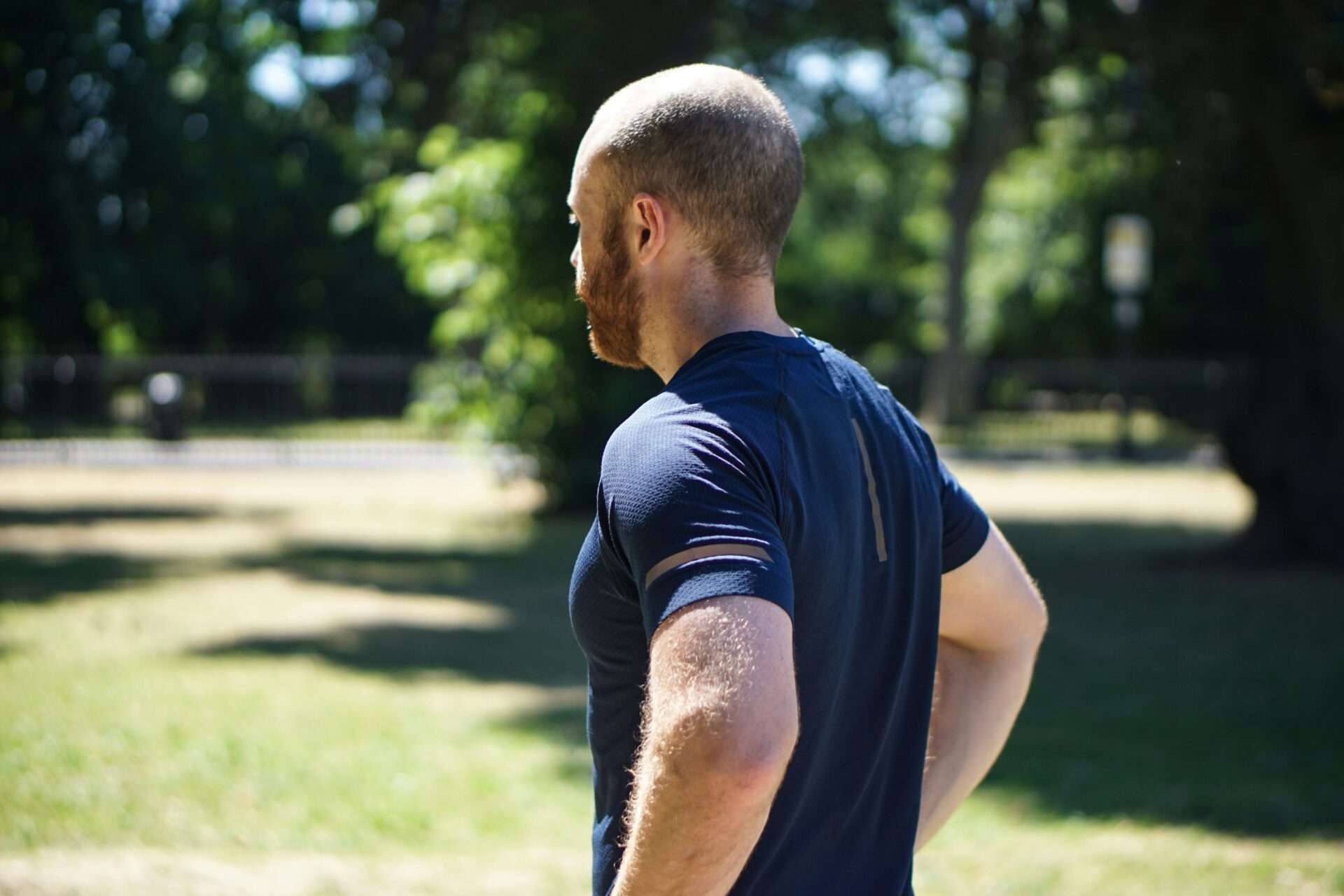Understanding and Preventing Lower Back Pain for Runners
Lower back pain affects many runners, but understanding its causes and implementing preventive strategies can help you stay pain-free. This guide covers the key factors contributing to back pain and provides practical solutions.
Key Risk Factors
- Poor running mechanics and posture
- Inadequate core strength and stability
- Improper or worn-out footwear
- Insufficient warm-up and cool-down routines
- Overtraining and lack of recovery
Primary Causes of Running-Related Back Pain
Biomechanical Stress Factors
Running creates significant impact forces that travel up through your legs to your spine. Key contributors include:
- Excessive heel striking increases spinal compression
- Overstriding creates braking forces that stress the back
- Pelvic tilt or rotation during stride
- Arm swing imbalances affecting spinal alignment
Muscular Imbalances
Common muscle-related issues that lead to back pain:
| Muscle Group | Common Issue | Impact on Back |
|---|---|---|
| Core muscles | Weakness | Reduced spinal support |
| Hip flexors | Tightness | Increased lumbar curve |
| Glutes | Weakness | Poor pelvic stability |
Prevention Strategies
Optimal Running Form
- Maintain slight forward lean from ankles (not waist)
- Land with foot beneath your center of gravity
- Keep cadence around 170-180 steps per minute
- Relax shoulders and engage core
Essential Strengthening Exercises
Perform these 2-3 times weekly:
- Plank variations – Builds core endurance
- Glute bridges – Strengthens posterior chain
- Bird dogs – Improves coordination and stability
- Dead bugs – Enhances core control
Proper Footwear Selection
Choose running shoes based on:
- Your foot arch type (neutral, flat, high)
- Typical running surfaces
- Current mileage and body weight
- Replacement every 300-500 miles
Recovery and Pain Management
Post-Run Stretching Routine
- Child’s pose – Stretches lower back
- Knee-to-chest stretch – Releases lumbar tension
- Piriformis stretch – Relieves sciatic nerve pressure
- Cat-cow stretch – Mobilizes entire spine
When to Seek Professional Help
Consult a specialist if you experience:
- Pain persisting >72 hours after rest
- Radiating pain down legs
- Numbness or tingling sensations
- Difficulty with daily activities
Training Adjustments
Gradual Progression Guidelines
- Increase weekly mileage by ≤10%
- Limit hard workouts to 2-3 per week
- Incorporate deload weeks every 4-6 weeks
- Balance running with cross-training
Alternative Activities During Recovery
Maintain fitness while resting your back:
- Swimming (especially backstroke)
- Elliptical training
- Recumbent cycling
- Water running with flotation belt
Frequently Asked Questions
How long should I rest for back pain?
Most mild cases improve with 2-3 days of active rest. Severe pain may require 1-2 weeks.
Can I continue running with mild back pain?
You may try reduced mileage with focus on perfect form, but stop if pain worsens.
What type of professional should I see?
Consider sports medicine physicians, physical therapists, or chiropractors with running expertise.
Are compression garments helpful?
Some runners find lumbar compression sleeves provide temporary support during recovery.



